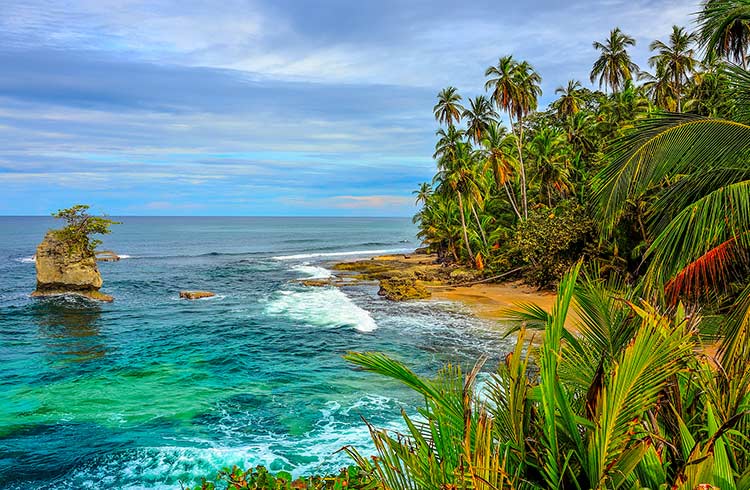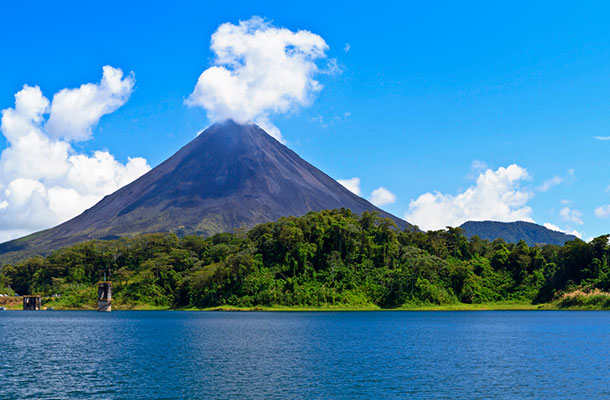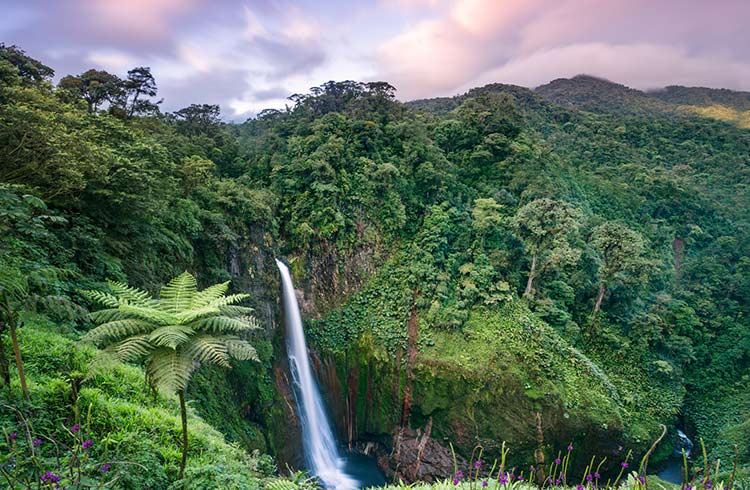Essential Surfing Safety Tips for Travelers in Costa Rica
With 700 miles of coastline, surfing is an essential experience in Costa Rica. Find out how to surf safely with these tips.
 Photo © Getty Images/ SimonDannhauer
Photo © Getty Images/ SimonDannhauer
Few places in the world can offer travelers volcanoes towering up to 12,530ft and a seemingly endless 700mi of coastline on the Pacific and Caribbean like Costa Rica can. Costa Rica's appeal is easy to understand:
- Consistent surf year-round
- Warm water
- Easy access to thousands of breaks
- Surf conditions from mild to mind-blowing
- Surf camps and international tournaments
- Affordable prices.
Find out how to make the most of your surfing trip to Costa Rica with these tips.
Where to surf
There are three main areas to surf: the Pacific North (Guanacaste-Nicoya), the Pacific South (Punta Arenas) and the Caribbean. There are also cool surf towns popping up in Jaco, Tamarindo and Puerto Viejo. The best waves occur in the rainy season (Northern Hemisphere 'summer') on the Pacific side, and in the hot dry season ('winter') on the Caribbean – so you'll always be able to find a good break.
Some of the beaches that are considered the safest:
- Playas Rajada and Jobo near La Cruz
- Bahía Junquillal Wildlife Refuge
- Play Hermosa in northern Guanacaste
- Plays del Coco
- Sámara
- Carillo
- Bahía Ballena/Tambor
- Beaches on the Golfo Dulce between Puerto Jimenez and Golfito
- The third beach at Manuel Antonio
- Little Dominicalito in Dominical
- Uvita.
These beaches are known for riptides, so be careful or just avoid them altogether:
- Espadilla at Manuel Antonio
- Jacó
- Dominical Beach.
How to surf safely
Watch for riptides
They are responsible for 80% of the drownings in Costa Rica. Take a minute and visit this site to learn how to spot a riptide and what to do if you get caught in one.
Crocodiles
Some breakpoints feed into river mouths where crocs tend to hang out so ask locals to find the safest, croc-free areas.
Rocky ride
Most of the breakpoints in Costa Rica have sand bottoms for your riding pleasure, though some areas still have sea-floor rocks so wearing a wet suit isn't a bad idea.
Watch the weather
It is bound to change in an instant and you don't want to be stuck way out when a big lightning storm comes through.
Mind the surf conditions
Though consistent, the surf is not known to get abnormally big, and with a little research, you can find an area that's right for you.
Wear a leash
Not only is it a law at many beaches, but wearing a leash is an important way to keep your board close to you and to keep it from becoming a hazard to other surfers.
Surfing etiquette tips
Before you get that wet suit on, always remember these surfing etiquette tips:
- The person closest to the breaking wave always has the right of way
- Pay respect to locals, it is after all ‘their' break
- Don't steal other riders' wave, be patient, your turn will come
- Don't surf drunk, just don't do it – you endanger yourself and others
- Most beaches don't allows surfers in swimming zones so respect local laws
For more information on staying safe while surfing, visit Science of the Surf.
Costa Rica could have almost earned its name (which means "rich coast") just for the surfing.
Related articles
Simple and flexible travel insurance
You can buy at home or while traveling, and claim online from anywhere in the world. With 150+ adventure activities covered and 24/7 emergency assistance.
Get a quote

No Comments